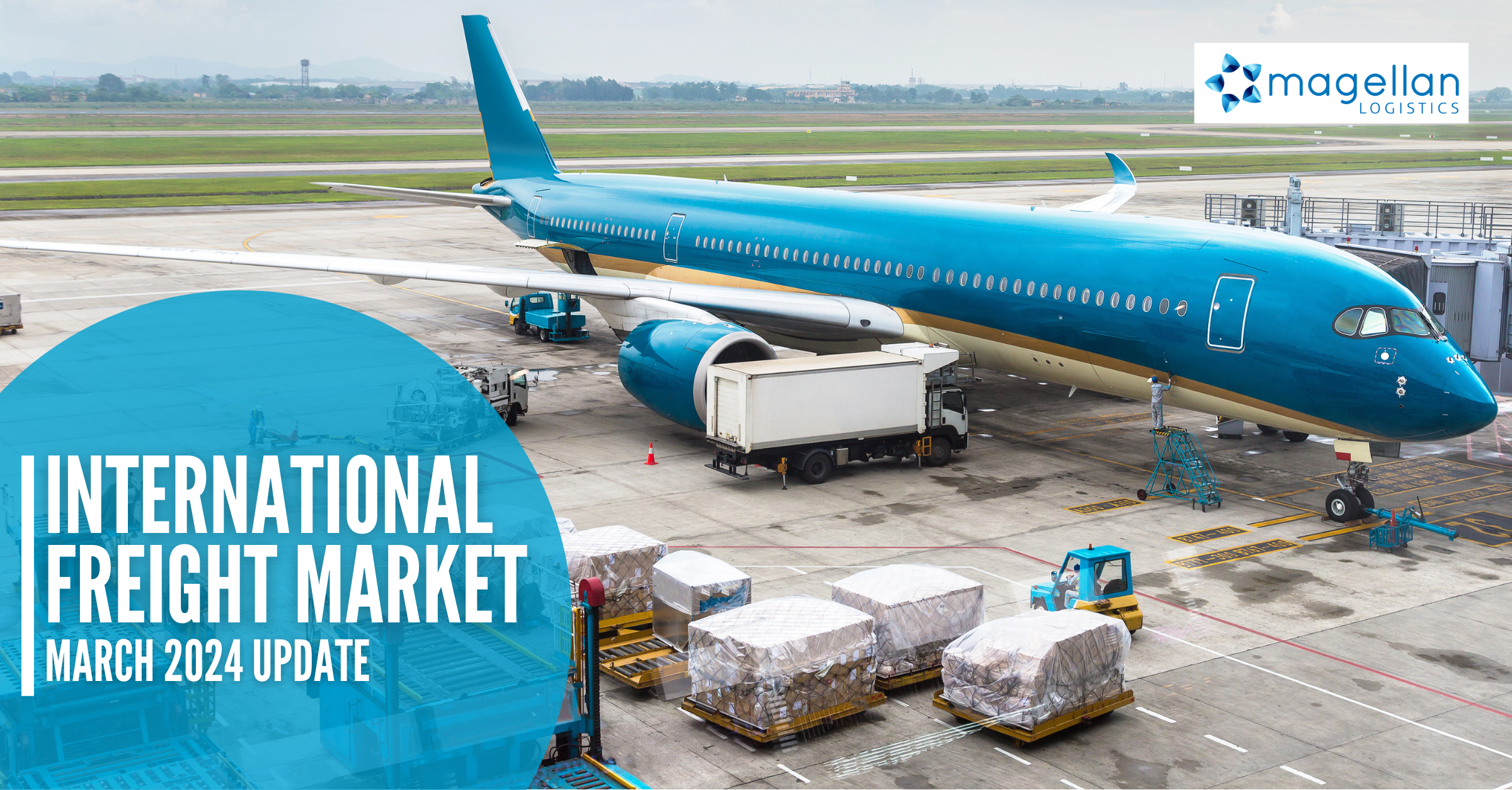Have you done the due diligence required to ensure compliance?
Transfer pricing is the setting of the price for goods and services sold between controlled (or related) legal entities within an enterprise. For example, if a subsidiary company sells goods to a parent company, the price set for those goods is the transfer price. Transfer pricing does not apply to importers and exporters that deal with unrelated buyers and sellers.
It is a fact of life that multinational companies, from all sectors and in every part of the world, face difficulties with respect to the valuation of goods. These difficulties arise because transactions between related parties are subject to both customs and fiscal examinations and are thereby bound by differing rules and contradictory interests.
There are two reasons for this problem:
Firstly, tax and customs administrations, even within one country and sometimes within the same government department, have different approaches: tax administration focuses on intra-group sales’ prices that may be perceived as higher than they should be; whereas customs authorities control imported goods for which prices may be perceived as lower than the market price. While both administrations seek to achieve the same goal (which is arm’s length pricing) revenue interests in the transaction still remain at odds with each other. An arm’s length transaction is one in which the buyers and sellers of a product act independently and have no relationship to each other. The concept of an arm’s length transaction is to ensure that both parties in the deal are acting in their own self interest and are not subject to any pressure or duress from the other party.
Secondly, tax and customs administrations often set rules independently for the same transaction/good. Tax authorities seek conformity with the Organisation for Economic Co-operation and Development (OECD) Transfer Pricing Guidelines which have been largely codified in many countries. This set of rules provides guidance on the application of the arm’s length principle for the valuation of cross-border transactions between associated enterprises, whereas customs authorities conform to Article VII of the General Agreement on Tariffs and Trade (GATT) Valuation Code – currently the World Trade Organization (WTO) Valuation Agreement.
This dichotomy, present in both developed and developing countries, creates a climate of uncertainty and complexity compounded by economic globalisation. It also leads to increases in compliance and implementation costs, absence of flexibility in the conduct of business operations, and creates a significant risk of penalties. Indeed, even when a company complies with both the OECD guidelines/principles and the World Trade Organization (WTO) Valuation Agreement, there is no guarantee that there will not be a dispute between two countries or two administrations in the same country on the determination of the arm’s length price. This means that valuation conflicts can arise not only prior to but also after an audit.
Given that intercompany transactions account for more than 60% of global trade in terms of value, the divergence of customs and transfer pricing valuation presents an obstacle to the liberalisation of trade and inhibits international development for companies of all sizes.
Magellan Logistics can provide advice on this complex subject. So if you are involved in cross-border trade with a related company and have reservations about the legality of your arrangements you should contact Jeff Kershaw at Jeff@maglog.com.au or by telephone on 0418 543 994.













